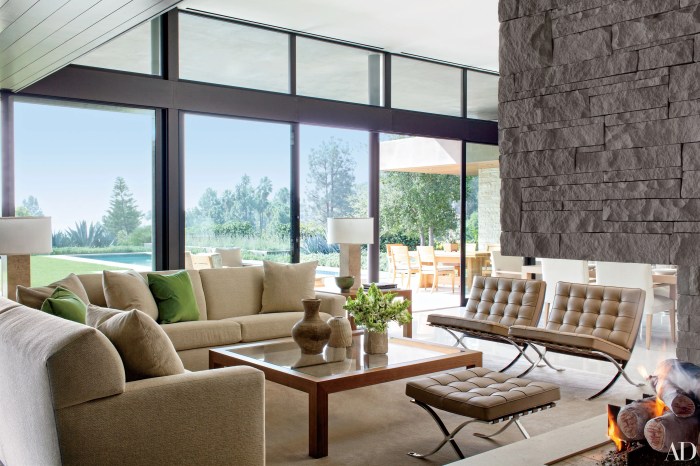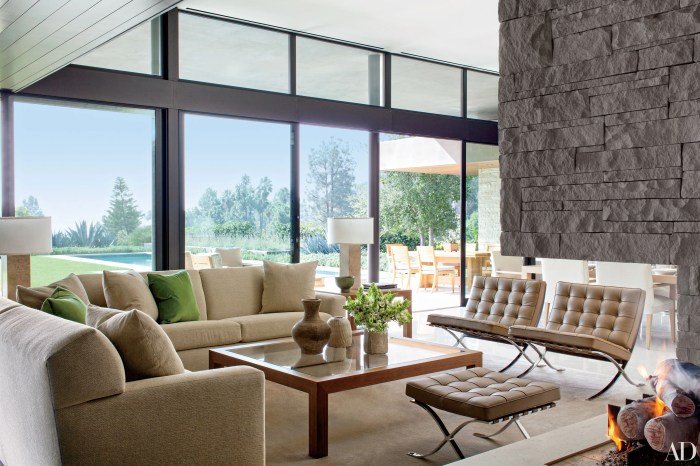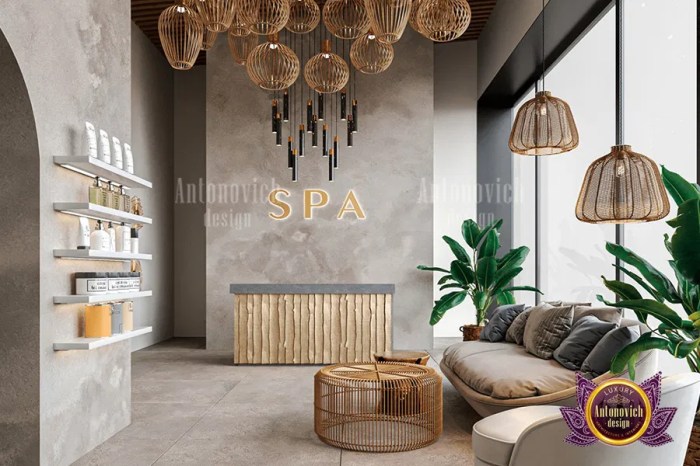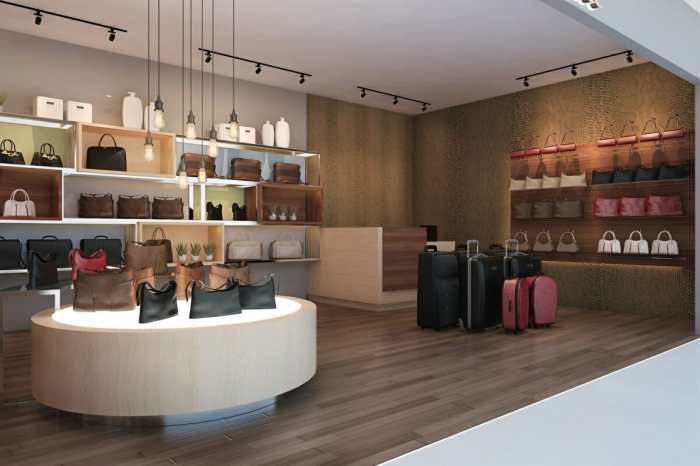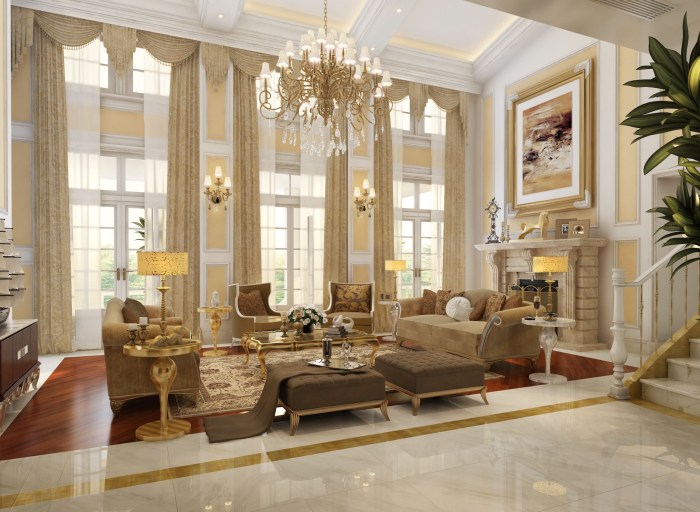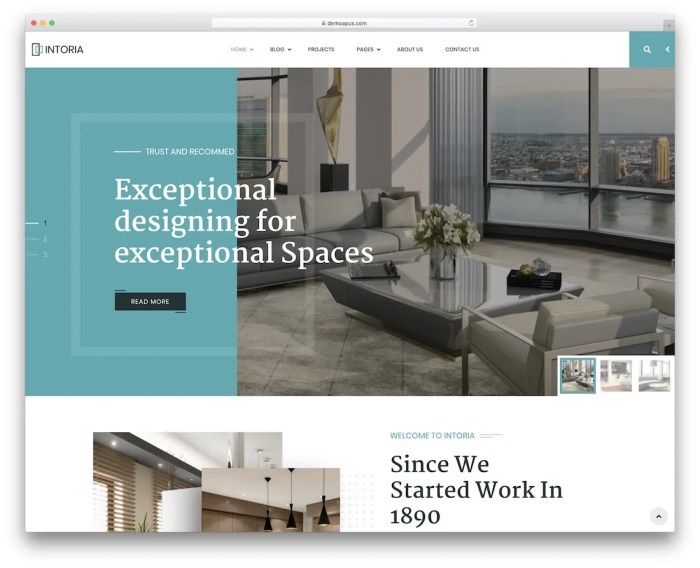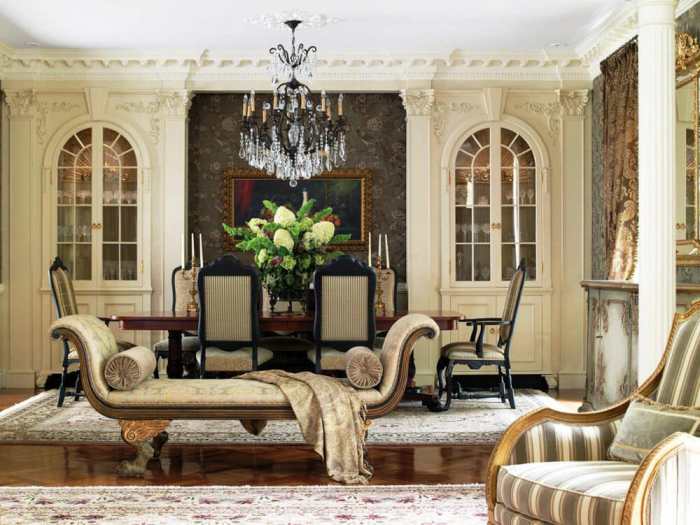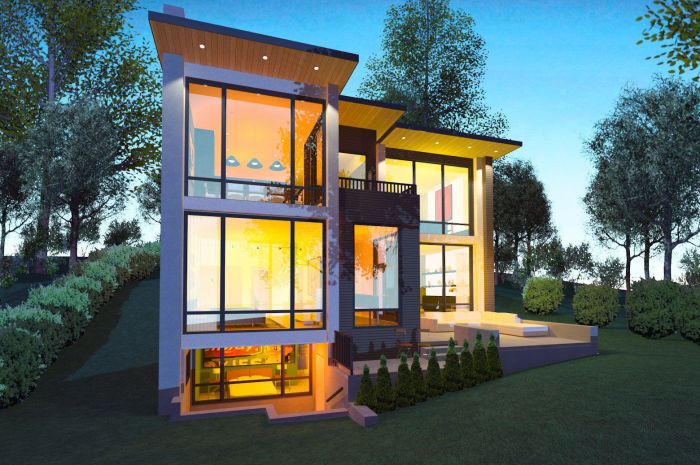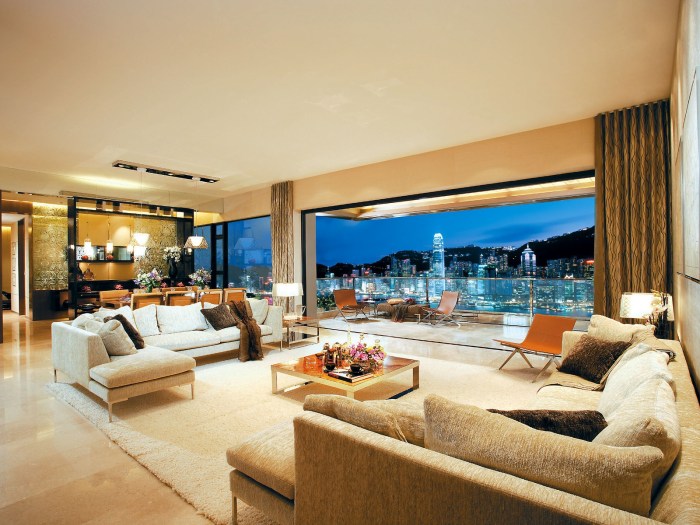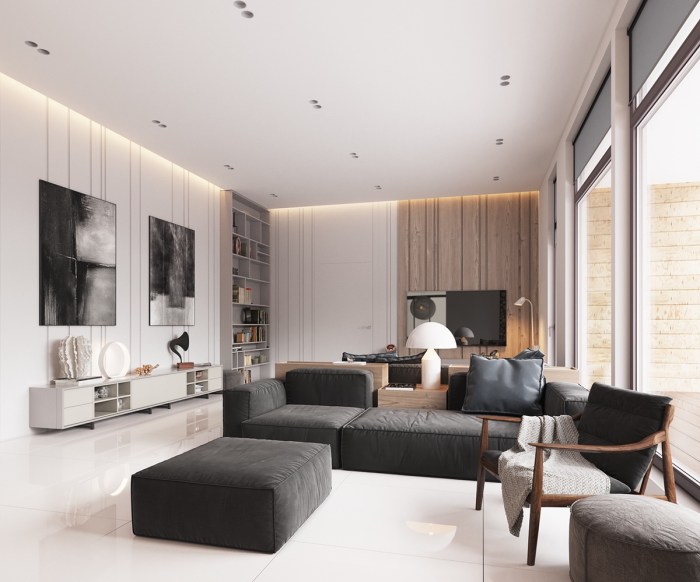Decoration design sets the stage for this enthralling narrative, offering readers a glimpse into a story that is rich in detail and brimming with originality from the outset. From the significance of decoration design in interior spaces to the principles that guide effective design, this topic dives deep into the world of aesthetics and ambiance creation.
As we unravel the elements, trends, and principles of decoration design, get ready to be inspired by the endless possibilities and innovative approaches that can transform any space into a work of art.
Importance of Decoration Design
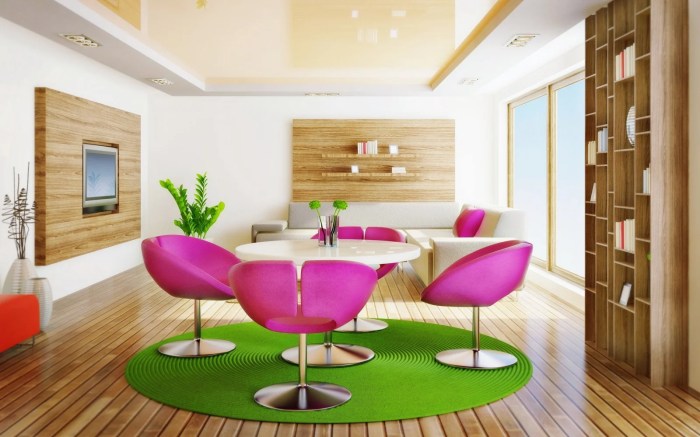
Decoration design plays a crucial role in interior spaces by enhancing the overall aesthetics and creating a harmonious environment. Thoughtfully curated decor can transform a room into a visually appealing and inviting space.
Enhancing Aesthetics
Well-thought-out decoration design, such as carefully selected color schemes, furniture, lighting, and accessories, can elevate the visual appeal of a room. For example, a cohesive color palette combined with stylish furniture pieces and tasteful artwork can create a sense of elegance and sophistication.
Influencing Mood and Ambiance
Decoration design has the power to influence the mood and ambiance of a space. For instance, warm and cozy elements like plush rugs, soft lighting, and comfortable seating can make a room feel inviting and relaxing. On the other hand, bold colors, modern furniture, and sleek finishes can give a space a more energetic and contemporary vibe.
Elements of Decoration Design
When it comes to decoration design, there are key elements that play a crucial role in creating a cohesive and visually appealing space. These elements work together to enhance the overall aesthetic and atmosphere of a room. Let's delve into the essential components of decoration design.
Color Schemes
Color schemes are fundamental in decoration design as they set the tone and mood of a space. The choice of colors can evoke different emotions and create a specific ambiance. For example, warm tones like red, orange, and yellow can add a sense of coziness and intimacy, while cool tones like blue and green can promote calmness and relaxation.
Complementary colors, analogous colors, or monochromatic schemes are commonly used to create harmony and balance in a room.
Textures and Patterns
Textures and patterns add depth and visual interest to a space. They can be incorporated through various elements such as fabrics, wallpapers, rugs, and decorative accents. Mixing different textures like smooth, rough, shiny, or matte can create a tactile experience and make the room more inviting.
Similarly, patterns like stripes, florals, geometric shapes, or abstract designs can add a dynamic element to the decor and enhance the overall aesthetic.
Lighting
Lighting is a crucial element in accentuating decoration design. Proper lighting can highlight key features, create focal points, and enhance the ambiance of a room. Natural light is always preferred as it brings warmth and brightness, but artificial lighting like ceiling lights, floor lamps, wall sconces, or chandeliers can also be strategically used to illuminate different areas and create a desired mood.
The intensity, color temperature, and placement of lights can significantly impact the overall look and feel of a space.
Trends in Decoration Design
Decoration design trends are constantly evolving, influenced by various factors such as cultural shifts, technological advancements, and changing preferences. It is essential for designers to stay updated with the latest trends to create spaces that are both aesthetically pleasing and functional.
Traditional vs. Modern Decoration Design
Traditional decoration design often emphasizes intricate details, ornate patterns, and rich colors, reflecting a sense of history and heritage. On the other hand, modern or contemporary decoration design focuses on clean lines, minimalistic elements, and neutral tones, creating a sleek and sophisticated look.
- Traditional: Rich colors, ornate patterns, heavy fabrics
- Modern: Clean lines, minimalistic elements, neutral tones
Examples of Innovative Approaches
Designers are constantly pushing boundaries and exploring new ways to create unique and innovative spaces through decoration design. Here are some examples of innovative approaches:
- Biophilic Design: Integrating natural elements such as plants and natural light into interior spaces to promote well-being.
- Smart Home Technology: Incorporating technology seamlessly into the design to enhance convenience and efficiency.
- Upcycling: Repurposing old or discarded materials to create new and sustainable decor pieces.
Principles of Decoration Design
Decorating a space involves more than just adding pretty objects. There are fundamental principles that guide effective decoration design, ensuring that the final result is visually appealing and harmonious.Balance, proportion, and harmony are key elements in decoration design. Balance refers to the distribution of visual weight in a room.
It can be achieved through symmetrical or asymmetrical arrangements of furniture and decor. Proportion relates to the size and scale of objects in relation to each other and the space as a whole. It's important to maintain a sense of proportion to avoid overwhelming or underwhelming the space.
Harmony is the overall feeling of cohesion and unity in a room. It involves creating a sense of flow and consistency through the use of color, texture, and style.To achieve cohesion and unity in decoration design, it's important to consider the following tips:
Creating Balance
- Achieve symmetry with pairs of objects or furniture placed across from each other.
- Use asymmetrical arrangements to create visual interest and balance.
- Distribute visual weight evenly throughout the space.
Maintaining Proportion
- Ensure that furniture and decor are appropriately sized for the space.
- Avoid overcrowding or leaving too much empty space.
- Consider the scale of each item in relation to the overall room design.
Fostering Harmony
- Stick to a cohesive color palette to create a harmonious look.
- Repeat patterns, textures, or shapes to establish a sense of unity.
- Blend different styles and elements seamlessly for a cohesive design.
Final Conclusion
In conclusion, decoration design is not just about aesthetics; it's about creating an experience. By understanding the key elements, current trends, and fundamental principles, you can unlock the power to craft spaces that speak volumes without saying a word. Dive into the world of decoration design and let your creativity run wild.
Expert Answers
How does decoration design influence mood in a space?
Decoration design can evoke different emotions through color choices, lighting, and overall aesthetics. Warm colors like red and orange can create a cozy atmosphere, while cool tones like blue and green promote a sense of calm.
What are some innovative approaches to decoration design?
Some innovative approaches include incorporating sustainable materials, using technology-driven design elements, and mixing contrasting textures for a unique look.
Why is lighting important in accentuating decoration design?
Lighting can highlight key design features, create focal points, and set the ambiance of a space. Proper lighting enhances the overall look and feel of a room.


